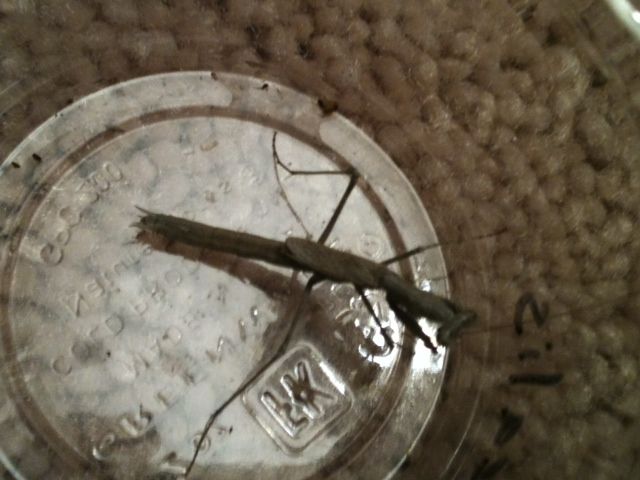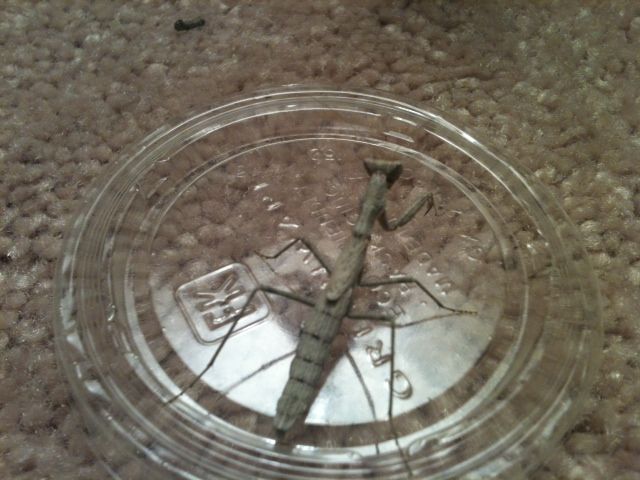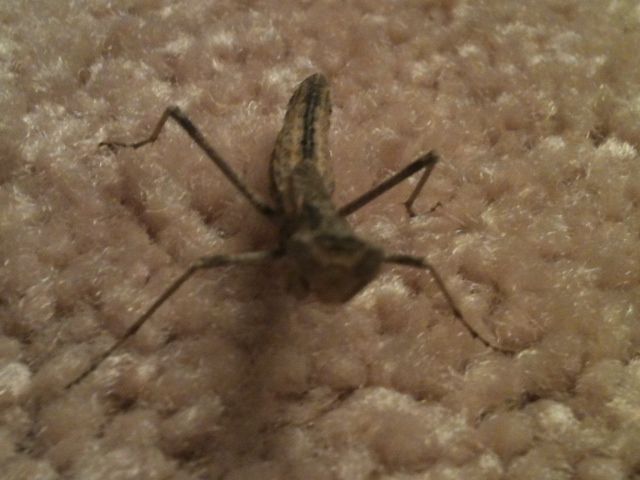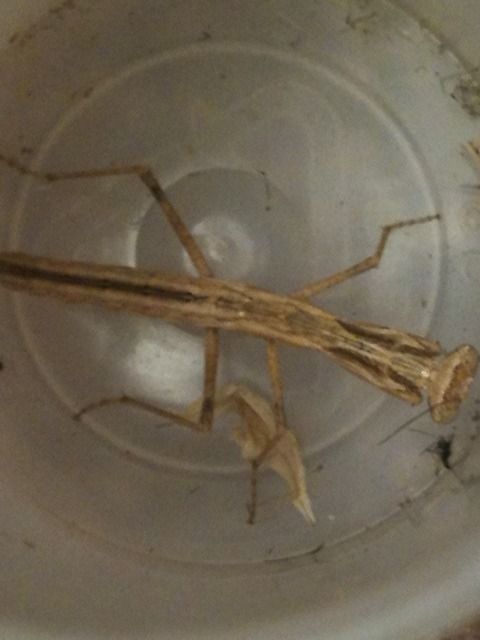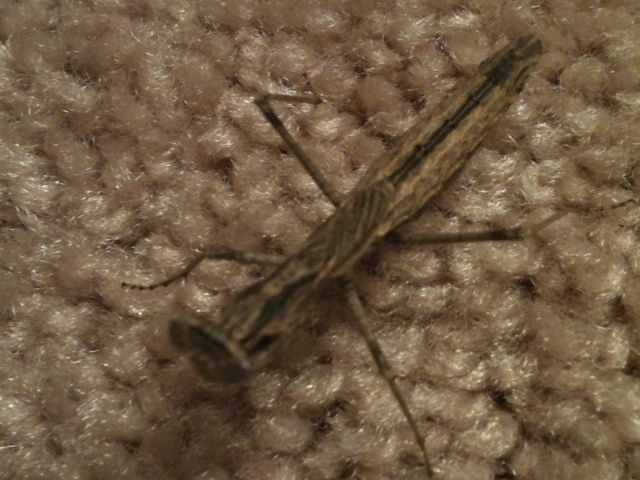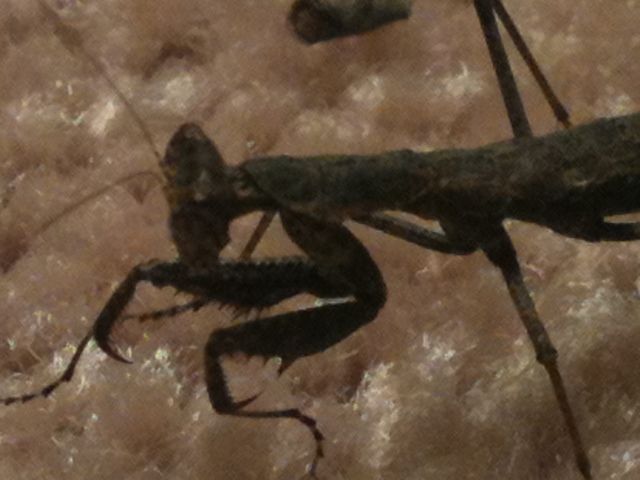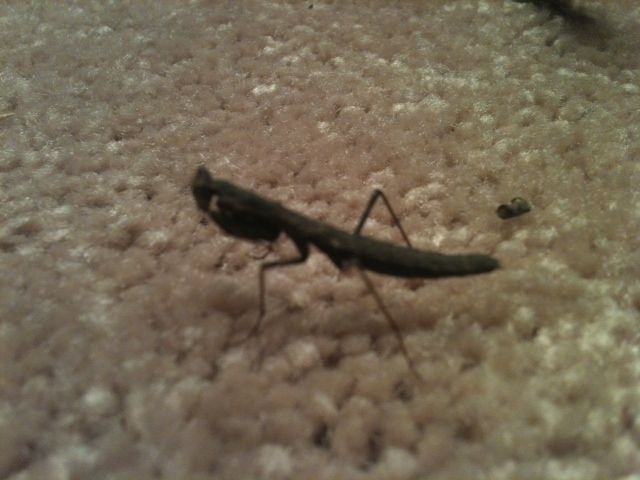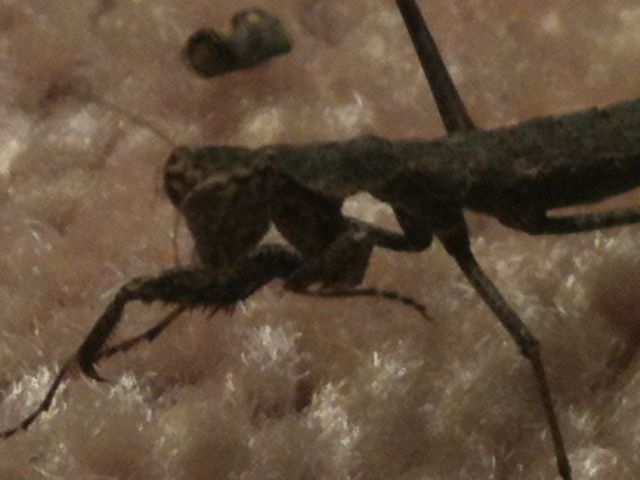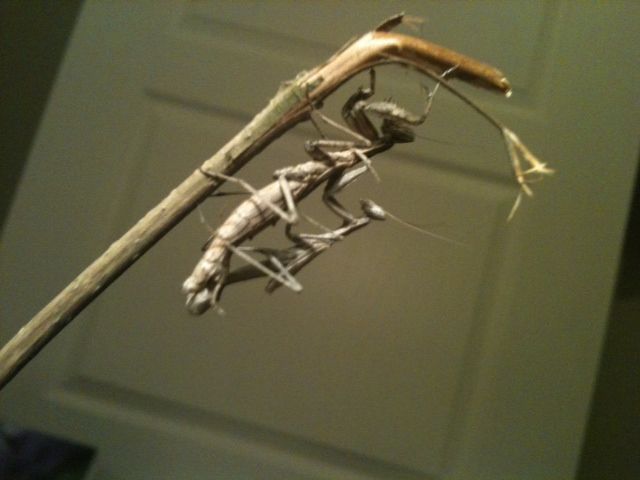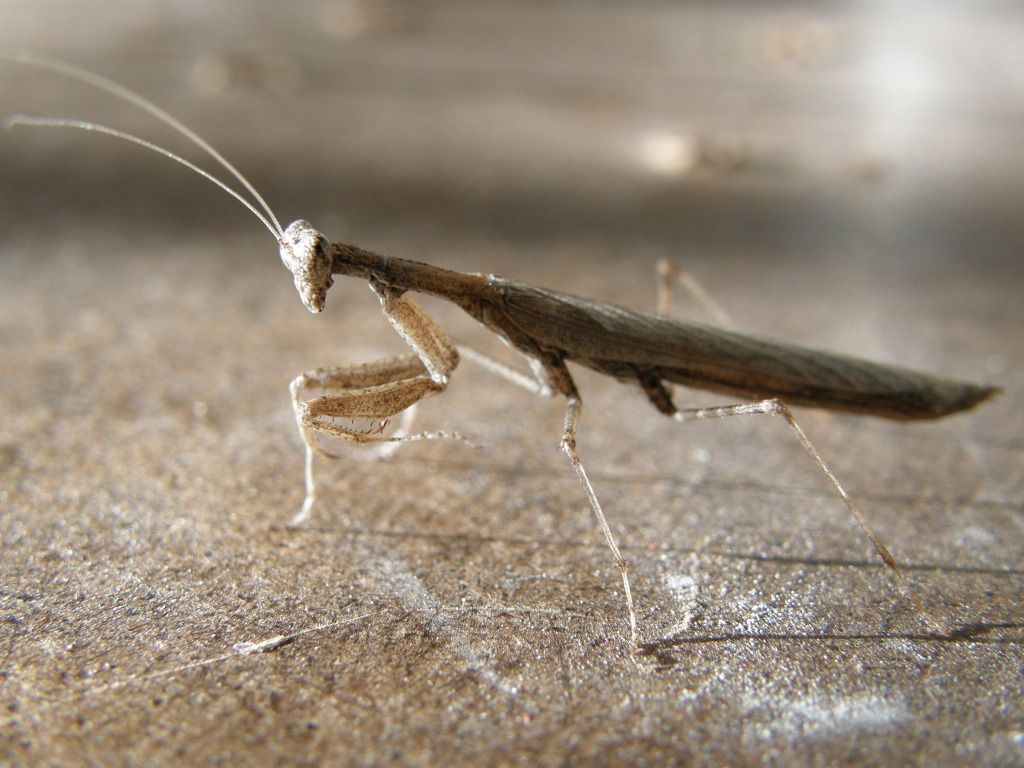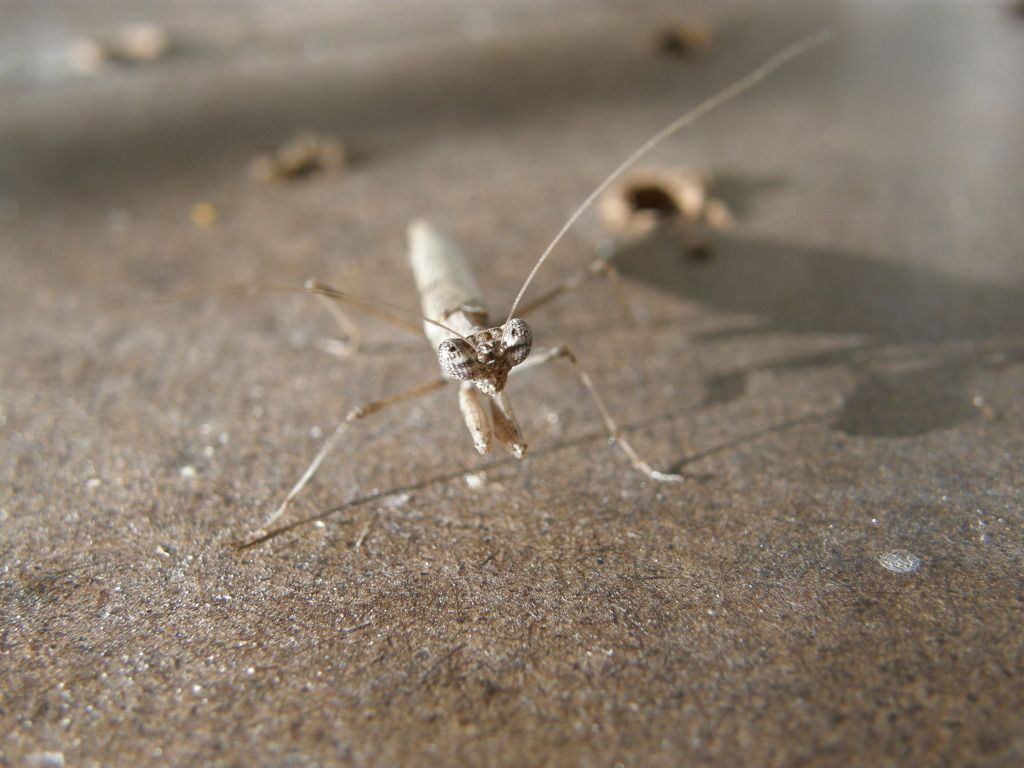MantidLord
Well-known member
Hi everyone, I've been sampling ground mantids all summer in California and at first I thought they were the same species I had been catching in Las Vegas (which I had thought were L. minor). However, when I went out the other day to collect specimens (that were now adults) I found that not only is the coloration completely different, but the males have shortened wings as opposed to the species in Las Vegas. Can anyone identify either species?
Besides the pair I'm sending to Rick, I'll be keeping these in my attempt to establish a good colony (or culture?) before I sell any off but I must say the coloration is freaking awesome.
Las Vegas species:
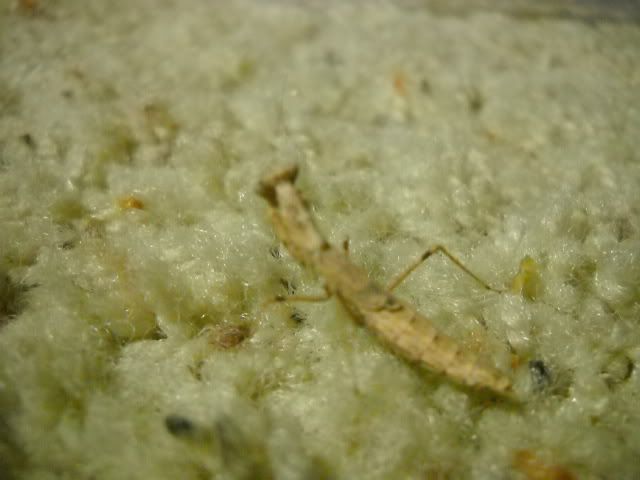
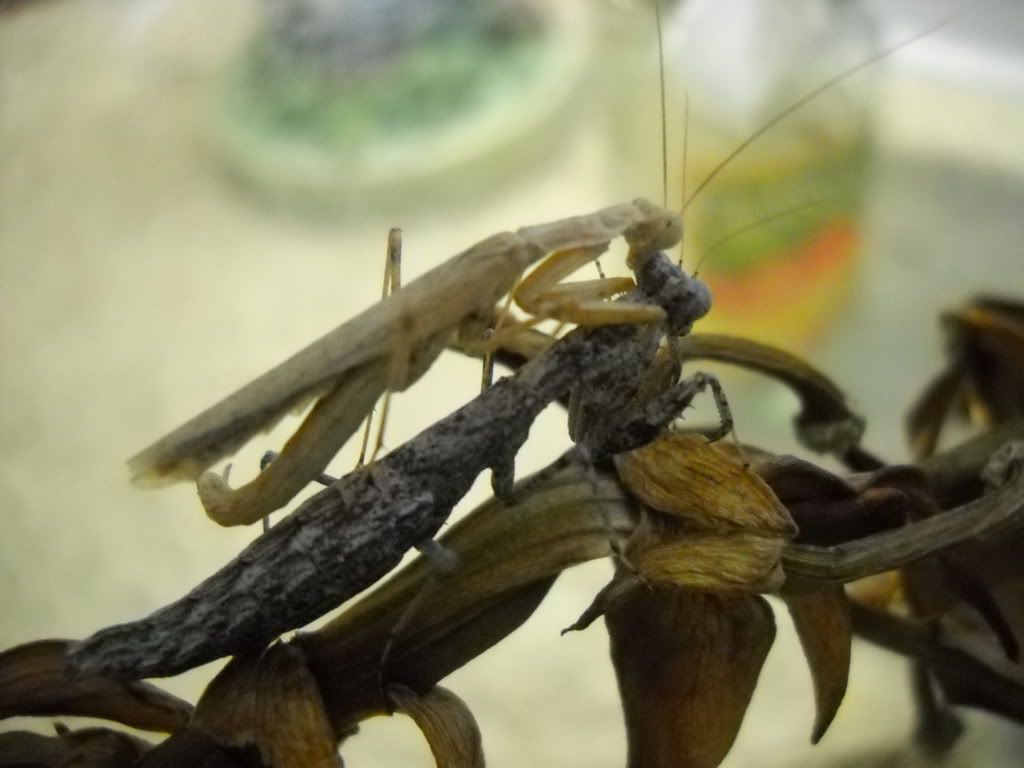
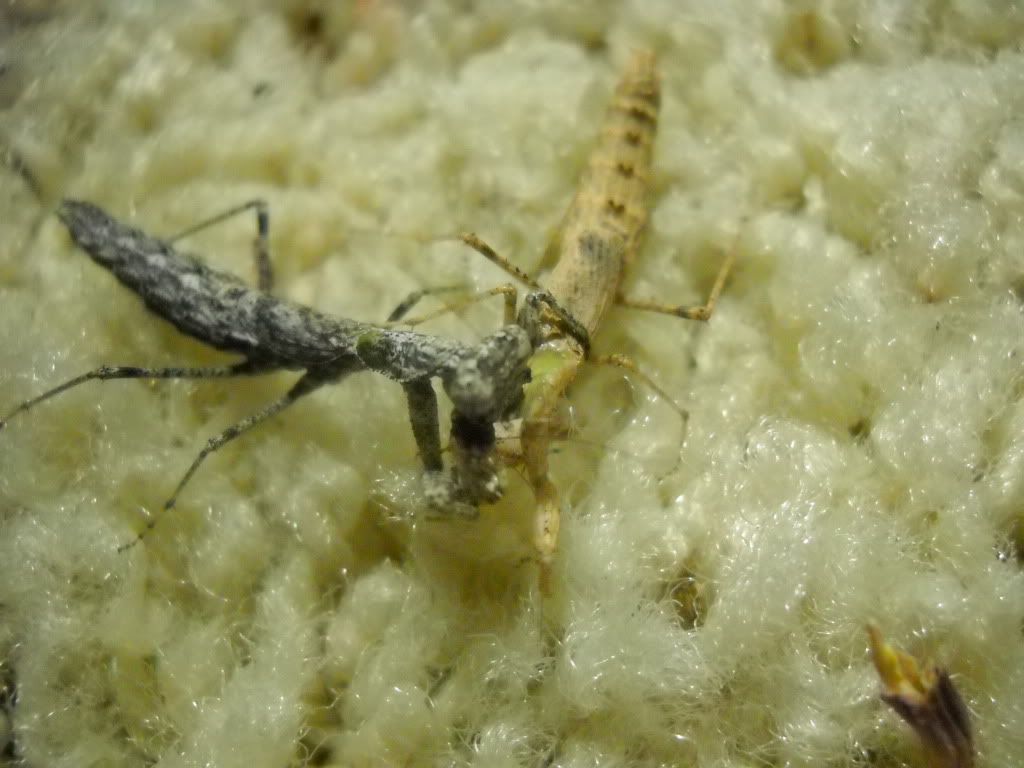
Besides the pair I'm sending to Rick, I'll be keeping these in my attempt to establish a good colony (or culture?) before I sell any off but I must say the coloration is freaking awesome.
Las Vegas species:







